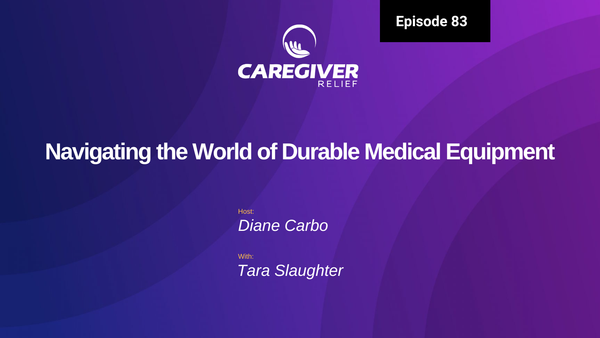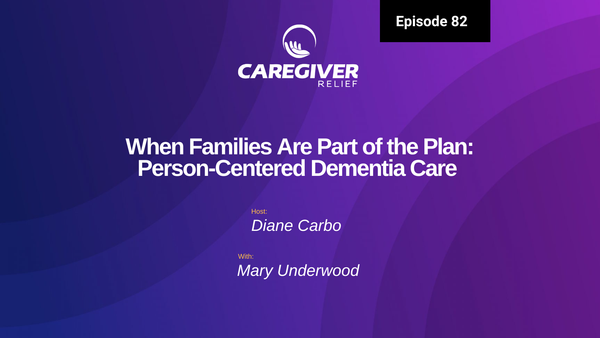Looking for Medicaid Asset Protection?
Protect your assets from Medicaid requirements with the help of trusts. Our guide explains the different types of trusts available for estate planning and how they can aid in Medicaid asset protection.

Are you exploring the realm of Medicaid asset protection, and wondering if it's just reserved for the wealthy? The truth is, trusts play a pivotal role in estate planning, making them a crucial element to consider when crafting your Medicaid asset protection strategy. In this article, we'll unravel the concept of Medicaid asset protection here and delve into the different types of trusts that can safeguard your assets.
Understanding Medicaid Asset Protection
Medicaid asset protection involves strategic planning to shield your assets from Medicaid-related "spend-down" requirements. To embark on this journey, it's vital to comprehend what trusts are and how they fit into the equation.
Demystifying Trusts
Trusts are legal mechanisms that grant you control over how and when your assets will be distributed upon your passing. In the realm of estate planning and Medicaid asset protection, there are five common types of trusts worth exploring.
1. The Family Trust:
Also known as a credit-shelter trust or a bypass trust, this trust involves bequeathing an amount up to the estate-tax exemption in your will. The exact amount depends on your state of residence. The remainder of your estate can pass to your spouse, free from taxes. Additionally, you can specify how the trust funds should be utilized – for instance, directing income for your spouse's benefit and tax-free distribution among your children upon their passing. This strategy effectively doubles the portion of your children's inheritance protected from estate taxes.
2. Dynasty Trust:
Sometimes called a generation-skipping trust, a dynasty trust allows for the tax-free transfer of a substantial sum to beneficiaries at least two generations younger, typically grandchildren. Be cautious, though, as exceeding the exemption amount may trigger a generation-skipping transfer tax designed to prevent wealth transfer solely to grandchildren.
3. Qualified Personal Residence Trust (QPRT):
A QPRT can entirely exclude the value of your primary or vacation home from your asset count, making it especially useful if your property is expected to appreciate. This trust enables you to gift your home, usually to your children, while retaining control for a specified period, such as 12 years. During this time, you can continue to reside in the property and maintain control. The IRS values the gift at less than its current value, as your children won't take possession for several years. If you pass away before the trust term ends, the home's full market value becomes part of your estate. To be valid, you must outlive the trust term, either by vacating the property or paying your children fair market rent to remain. Although this may not be ideal, the rent payments reduce your estate further.
4. Irrevocable Life Insurance Trust:
This trust can remove your life insurance policy from your taxable estate, covering estate expenses and providing tax-free income to beneficiaries. By surrendering ownership rights, you forfeit the ability to borrow against the policy or change the beneficiary. In exchange, the policy's proceeds can cover estate costs upon your passing, offering tax-free income to your heirs. This can be particularly valuable if you bequeath a non-liquid asset, such as a business, which may take time to sell. The insurance proceeds can bridge the financial gap until a buyer emerges.
5. Qualified Terminable Interest Property Trust (QTIP):
The QTIP trust allows you to direct your assets to specific family members, which is crucial if you have children and stepchildren from different marriages. This trust ensures that your children, and not someone else's, receive an equitable and fair distribution of your assets according to your wishes.
Seek Professional Guidance
Estate planning and trusts can be complex, with laws varying by state. To navigate this intricate landscape, it's essential to educate yourself and seek the expertise of an Elder Care Attorney in your area. These attorneys specialize in the specific laws governing your region, making them invaluable partners in tailoring an estate planning and trust strategy that suits your unique circumstances.
In conclusion, Medicaid asset protection and trusts are not exclusive to the wealthy. With the right approach and professional guidance, you can secure your assets and ensure your wishes are honored. Begin your journey towards asset protection today.
Learn about a Family Care giver Contract as part of the Medicaid Spend Down process.





